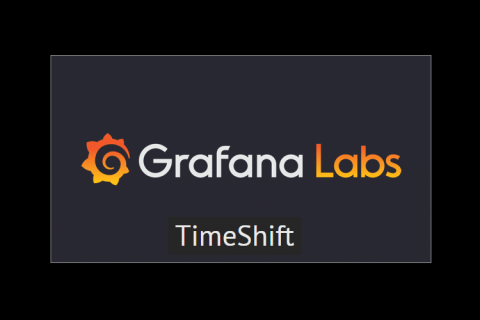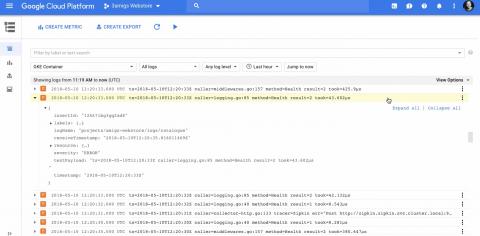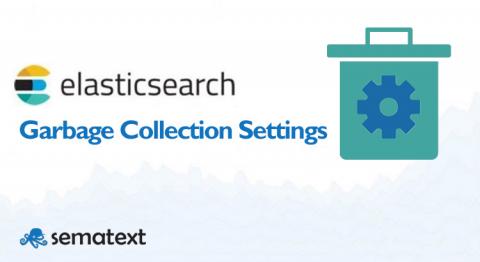Comparing a Multi-Tenant SaaS Solution vs. Single Tenant
Let me preface this article with a quick customer story. I was recently talking with the director of operations of a G2000 company and he asked in a nice, but pointed way: “All I want is a SaaS software solution to manage my applications. Why does the architecture of the software matter?”. At Sumo Logic, we couldn’t agree and disagree more.











